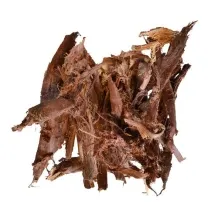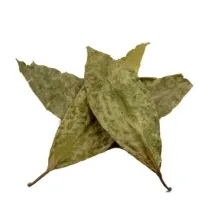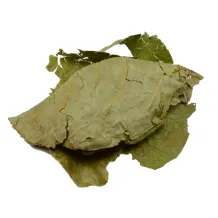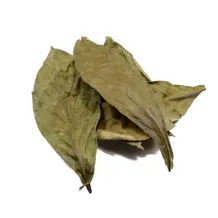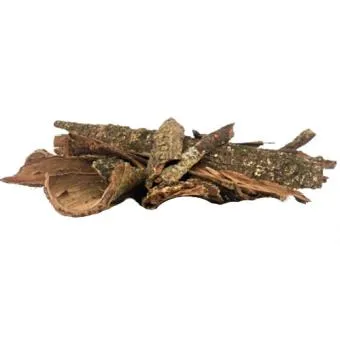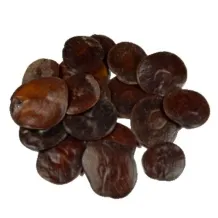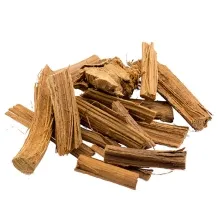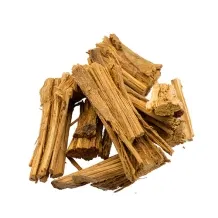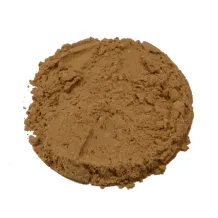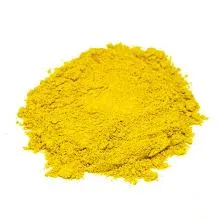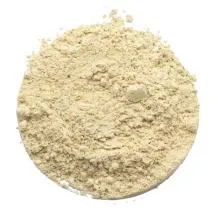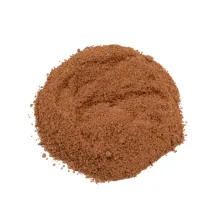
First time Ayahuasca - what to know?
Ayahuasca. You’ve probably heard the word whispered in wellness circles, mentioned in documentaries, or seen it trending in online forums about transformative experiences. But what exactly is it? In simple terms, Ayahuasca is a traditional brew made from specific plants native to the Amazon rainforest. It’s known for inducing powerful introspective and spiritual experiences, often described as life-altering by those who have participated in ceremonies.
At its core, Ayahuasca isn’t a recreational substance; it’s a tool for deep self-reflection. Indigenous communities have used it for centuries in shamanic traditions to heal, gain insight, and connect with the spiritual world. Today, more and more people from outside these communities are seeking it out—but it’s crucial to approach Ayahuasca with respect and preparation. The journey isn’t just about drinking a brew; it’s about stepping into a sacred process that demands humility, responsibility, and an open mind.
The Roots of Ayahuasca
To truly understand Ayahuasca, it helps to look back at its origins. Ayahuasca comes from the indigenous tribes of the Amazon basin, particularly in countries like Peru, Brazil, Colombia, and Ecuador. For centuries, shamans have brewed this potent mixture during rituals aimed at healing, divination, and spiritual exploration. The word "Ayahuasca" itself comes from the Quechua language, meaning "vine of the soul" or "vine of the dead," a nod to its perceived ability to connect participants with deeper realms of consciousness.
Historically, the preparation and use of Ayahuasca were closely guarded by Amazonian tribes, who believed that only trained shamans could safely administer it. Over time, knowledge of Ayahuasca spread beyond the jungle, with increasing interest from anthropologists, explorers, and spiritual seekers. In the last few decades, Ayahuasca has gained significant popularity in the Western world, with many traveling to South America to experience authentic ceremonies or participating in retreats held by trained shamans abroad.
While its use has grown, it’s important to remember that Ayahuasca’s history is deeply tied to indigenous knowledge and traditions. Understanding and respecting that heritage is key to approaching the experience in a mindful way.
How It’s Made: The Plants Behind the Brew
Ayahuasca is typically made by combining two main plants: Banisteriopsis caapi, a vine, and Psychotria viridis, a shrub whose leaves contain DMT (dimethyltryptamine). On their own, these plants don’t produce much of an effect. However, when brewed together, they create a powerful synergy. The vine contains MAO inhibitors that allow the DMT in the leaves to become orally active, resulting in the intense psychedelic experience Ayahuasca is known for.
Different regions and tribes may use variations of this basic recipe. Some may add other plants, like Mimosa Hostilis, which also contains DMT, or Yopo seeds, used in certain indigenous traditions. The exact preparation process can take hours, sometimes even days, as the plants are boiled and reduced into a thick, dark brew. Each step is performed with ritualistic care, often accompanied by prayers and songs to infuse the brew with intention.
Shamanic Traditions and Ceremonial Use
One of the most important aspects of an Ayahuasca experience is the ceremony, typically led by a shaman or ayahuasquero. The role of the shaman cannot be overstated. They are the guides and protectors of the space, ensuring that participants are safe and supported throughout the journey. Shamans are often highly trained in the use of Ayahuasca, with years of experience in navigating the spiritual realms.
A typical Ayahuasca ceremony begins with a cleansing ritual, which may involve the use of tobacco or other sacred plants. Participants are then given a small cup of the brew to drink. As the effects begin to take hold, the shaman sings icaros, or sacred songs, which are believed to help guide participants through their visions and emotions. Instruments like rattles and drums may also be used to create a rhythmic, grounding presence.
Ceremonies can last several hours, with participants experiencing a wide range of sensations—from vivid visions and emotional releases to intense introspection. After the ceremony, it’s common for participants to share their experiences and reflect on what they learned, often with guidance from the shaman.
Alternatives to Ayahuasca
While Ayahuasca is unique in its effects and cultural significance, there are alternative plant-based or psychedelic options for those who are curious but hesitant. Some popular alternatives include:
- San Pedro (Huachuma): A cactus native to the Andes, containing mescaline, known for inducing a gentler, heart-centered experience.
- Psilocybin Mushrooms: Often called magic mushrooms, these fungi can also provide deep introspection, though without the cultural and ceremonial context of Ayahuasca.
- Synthetic DMT: Some people choose to experience pure DMT, either through smoking or vaping. While intense, it lacks the grounding, prolonged introspection Ayahuasca offers.
For those unwilling or unable to take psychoactive substances, meditative practices, breathwork, and sound healing can also lead to profound personal insights. However, none of these alternatives can fully replicate the unique cultural depth and transformative power of a well-facilitated Ayahuasca ceremony.
Tips for First-Time Ayahuasca Participants
If you’re considering Ayahuasca for the first time, preparation is key. Here are some practical tips:
Do Your Research
Learn as much as you can about Ayahuasca, the ceremony, and the shaman leading it. Not all retreats are created equal, and it’s important to choose a setting where you feel safe and supported.
Set an Intention
Before participating, take time to reflect on why you want to experience Ayahuasca. Having a clear intention can help you navigate the journey and make sense of the insights you receive.
Diet and Preparation
Many shamans recommend following a special diet in the weeks leading up to the ceremony. This typically involves avoiding salt, pork, alcohol, and processed foods. The idea is to purify the body and mind, making it easier to connect with the spirit of Ayahuasca.
Aftercare
The journey doesn’t end when the ceremony is over. Integration is a crucial part of the process. Consider journaling your thoughts, talking to trusted friends or a therapist, and taking time to reflect on the experience. This helps you make sense of what you learned and apply it to your daily life.
The Importance of Personal Responsibility
Ayahuasca isn’t something to be taken lightly. It’s not a recreational drug or a quick fix for life’s problems. Instead, it’s a powerful tool for personal growth and self-discovery. With that power comes responsibility. Anyone considering Ayahuasca should approach it with respect, humility, and a genuine desire to learn.
The experience itself can be emotionally intense, bringing buried feelings and unresolved issues to the surface. This is why personal responsibility is so critical. You need to be prepared to confront parts of yourself you may have been avoiding. This process, while often healing, can also be difficult and overwhelming. Entering a ceremony with the wrong mindset or unrealistic expectations can lead to disappointment or even distress. Ayahuasca requires participants to actively engage with what arises during the experience, whether it’s joyful, painful, or entirely unexpected.
Trusting your instincts is crucial. If something doesn’t feel right—whether it’s the shaman, the setting, or the timing—listen to that inner voice. It’s easy to get swept up in the hype surrounding Ayahuasca, but ultimately, your safety and well-being come first. At the end of the day, you are responsible for your own well-being. Ensuring that you are mentally and emotionally ready for such an experience is just as important as choosing a trustworthy shaman or retreat.
Furthermore, Ayahuasca isn’t a one-time solution to life’s challenges. It can open doors to new perspectives, but the real work happens after the ceremony, during the integration phase. It’s your responsibility to take what you’ve learned and apply it meaningfully in your life. This might involve making lifestyle changes, seeking therapy, or simply dedicating time to regular self-reflection. Ayahuasca can show you the way, but it’s up to you to walk the path.
Take A Journey Into the Unknown
Experiencing Ayahuasca for the first time can be a profound, life-changing event. But it’s not for everyone—and that’s okay. Whether or not you choose to embark on this journey, the real value lies in the willingness to introspect, question, and grow.
Ayahuasca offers one path toward deeper understanding, but there are countless others. The most important thing is to remain open, curious, and committed to your personal journey, whatever form it takes. Life itself is a journey into the unknown, and whether you explore it through Ayahuasca or other means, the goal remains the same: to learn, to heal, and to become a more authentic version of yourself. Are you ready for an adventure?

